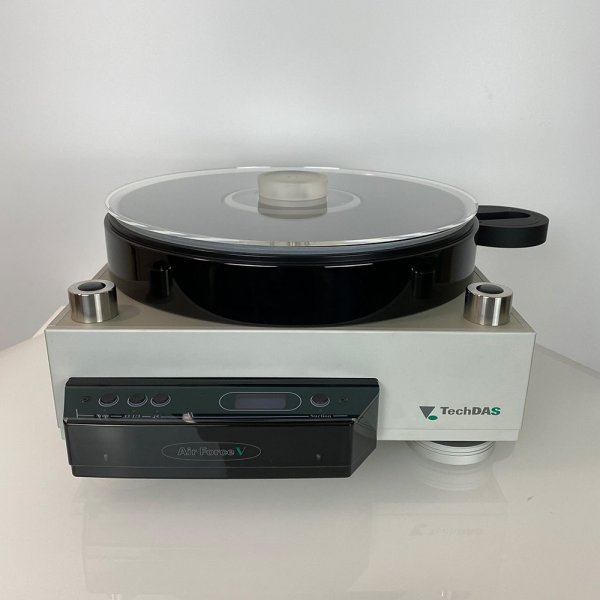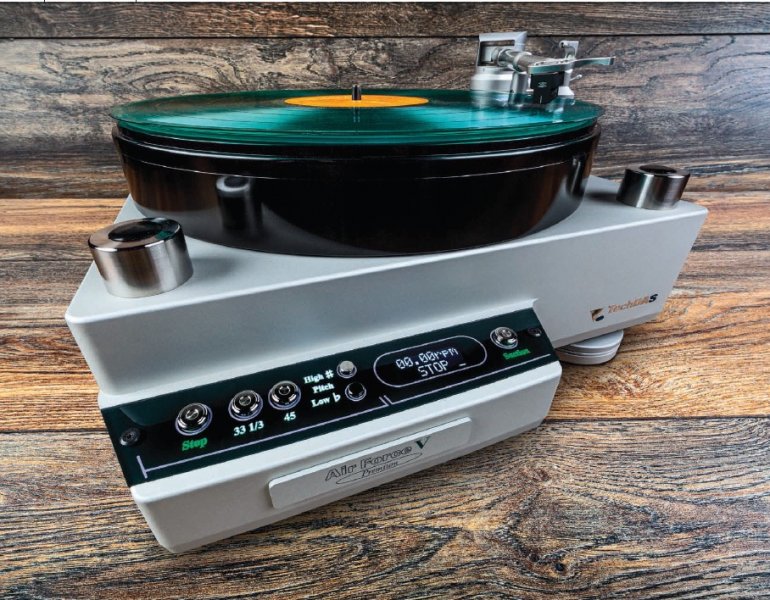OK...so I am contemplating adding another turntable and have narrowed it down to either of the above.
My first question is regarding the TechDas V . On the recent Premium version there are two additional pitch controls compared to the previous one. I assume that these vary the torque. None of the comments on the Premium mention them! Can anyone confirm this and clarify the effect this has on the records being played.
Secondly, the Kinear has the ability to vary the torque, with three settings. Can anyone who has experience of the Kinear comment on their effect. There are few reviews of the turntable (most focus on their tonearms) so if anyone has been able to compare them I would be interested in their observations.
Yes I know; you could not find two more different TT ; aesthetics, technology, drive systems, footprint etc. Just shows what an open mind i have. either that or confused
My first question is regarding the TechDas V . On the recent Premium version there are two additional pitch controls compared to the previous one. I assume that these vary the torque. None of the comments on the Premium mention them! Can anyone confirm this and clarify the effect this has on the records being played.
Secondly, the Kinear has the ability to vary the torque, with three settings. Can anyone who has experience of the Kinear comment on their effect. There are few reviews of the turntable (most focus on their tonearms) so if anyone has been able to compare them I would be interested in their observations.
Yes I know; you could not find two more different TT ; aesthetics, technology, drive systems, footprint etc. Just shows what an open mind i have. either that or confused






